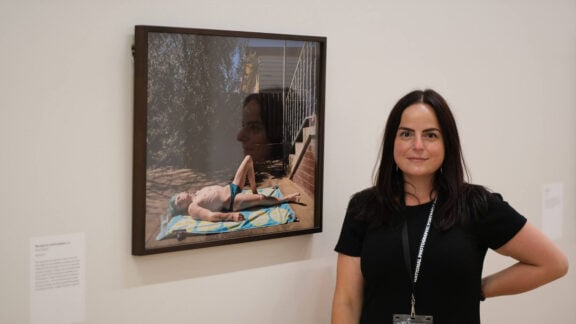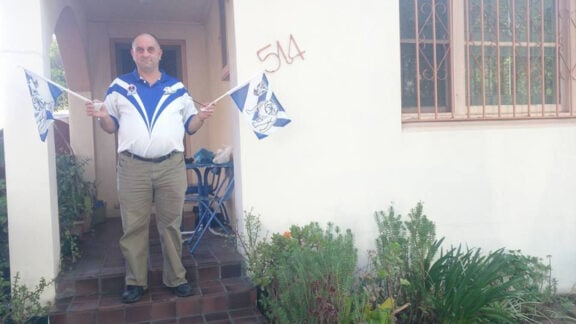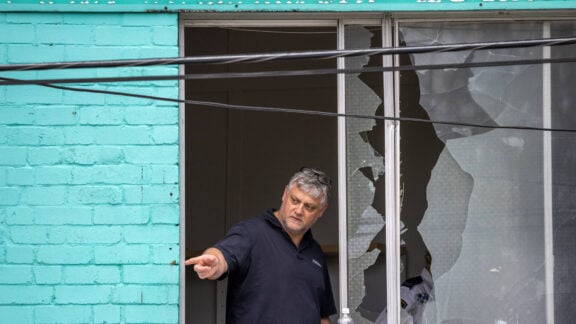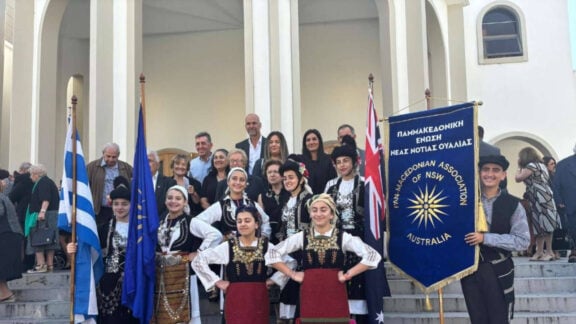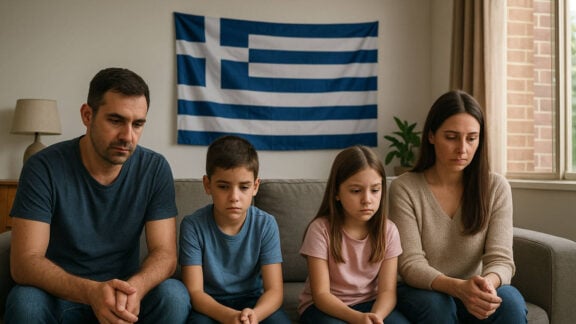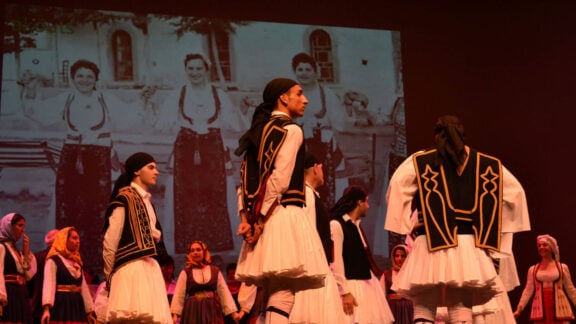Unless you are from Kerkyra or Cyprus, cricket is not a sport that most Greeks understand let alone play, though most Greek-Australians have grown up with the game and have joined fellow Aussies in mourning the passing of Shane Warne, one of the sport’s true greats.
In football terms, you would place Warne in the company of a Pele, Johan Cruyff, Diego Maradona, Lionel Messi and Cristiano Ronaldo. His fame transcended time and sport.
And he also epitomised an Australian spirit that the world loved – the larrikin genius with a zest for life, love and scrapes.
Neos Kosmos spoke to Greek-Australian George Voyage (Voyatzis) OAM, who played with Warne and who himself played cricket from an early age. He was an established wicket keeper (the well-protected man who crouches behind the batter/batsman ready to pounce on any error he might make) for Brighton Cricket Club in 1986 when a young Shane Warne came to play for the club which was founded in 1842 and is the second oldest in Australia.

“He was 17 and one of a very talented group of five players who came to the club from Mentone Grammar School who wanted to play seniors’ cricket. They were fantastic and made a real impact. They were full of enthusiasm – all young men with a happy attitude,” recalled Mr Voyage.
“Shane Warne was a very competitive boy even as a 16 year old. He was also a very good Australian Rules footballer who played for St Kilda U/19s. One of the reasons he was a brilliant cricketer was that he had a dynamic personality and a very good cricketing brain.”

Warne played for Brighton for a year before moving on to St Kilda Cricket Club which was competing at a higher level. Mr Voyage transferred to St Kilda some time later and he noticed that the young Warne had improved as a player.
“I could hear the ball humming when he bowled. He had worked very hard on his game.”
Jason Jacoby whose father at one time played for the Greek cricket club Olympic was also wicket keeper at St Kilda when Warne joined the club from Brighton.
“He was a talented sportsman, good fun to be around and he loved the team environment. He was competitive, he trained hard and he enjoyed the social life afterwards,” said Mr Jacoby.
As a bowler, Warne was probably the best leg spinner the game has ever known. It is a style of bowling that does not rely on the long run that the fast bowler needs to deliver a blindingly quick ball to beat the batsman. His style was subtler; a short run as he developed a spin from the way he rotated his wrist as he released the ball that would have the batsman having to guess which way it would spin as it hit the ground before him.
“The thing is he improved dramatically when he went on a six-month tour to England. He came back (to St Kilda) much more consistent and everyone saw the improvement in him. The trip sparked in him a love of cricket – he saw he was good at it and he was just more focussed. He bowled very few bad balls.”
Mr Jacoby said his bowling had become far more accurate and that accuracy was what made him more lethal than the average leg spinner.
“I was amazed at his control and his understanding of the game,” Mr Jacoby said.
“Cricket is a mind game and with the skill he had, he always had batsmen thinking about what he would do next,” Mr Voyage said.
Warne announced himself on the international stage on 4 June, 1993, when he delivered the “ball of the century” against England batsman Mike Gatting. Even the American magazine Time devoted considerable space to trying to break down in diagrams the impossible physics of the way the ball moved after it left Warne’s hand to completely bamboozle Gatting as it bounced one way before him only to somehow switch direction and move around him to hit the off stump.
Warne never looked back and was the spear thrust of the all-conquering Australian team of the 1990s and early 2000s.
“As he rose (in fame) he was always the same person. He could have tea with the Queen and then go have a burger with a group of tradies. … He came from a good, close-knit family. He had good people in his life and his friendships were very important to him,” said Mr Voyage.
“He would say hello to everyone. He never refused to sign and autograph and he would always be helping young players. In India he would be with a maharajah one minute, then he would be playing cricket with the kids in the slums. He loved people, loved life and lived it to the full.”


